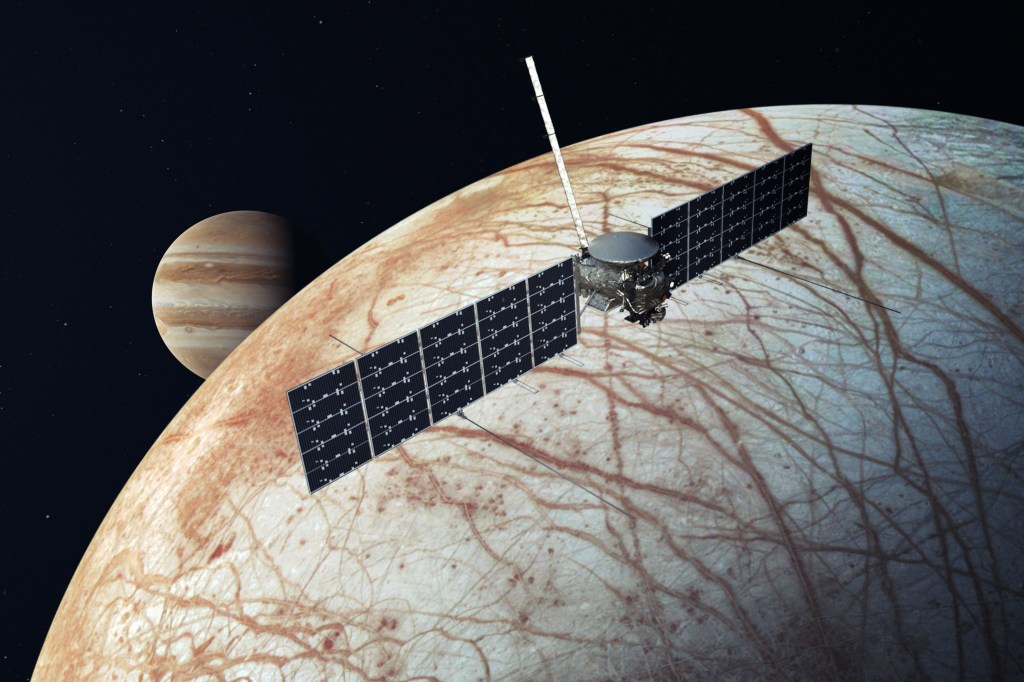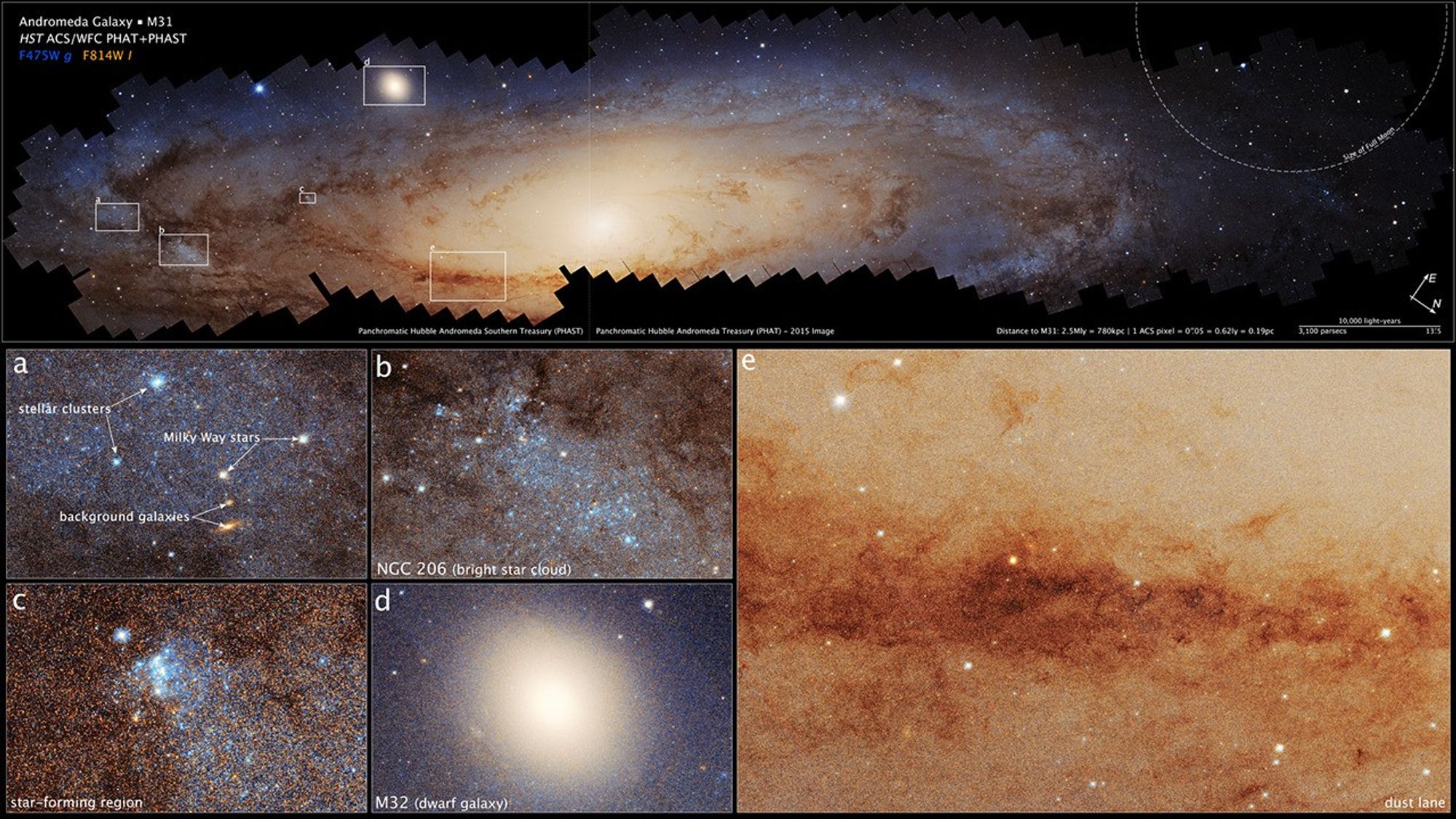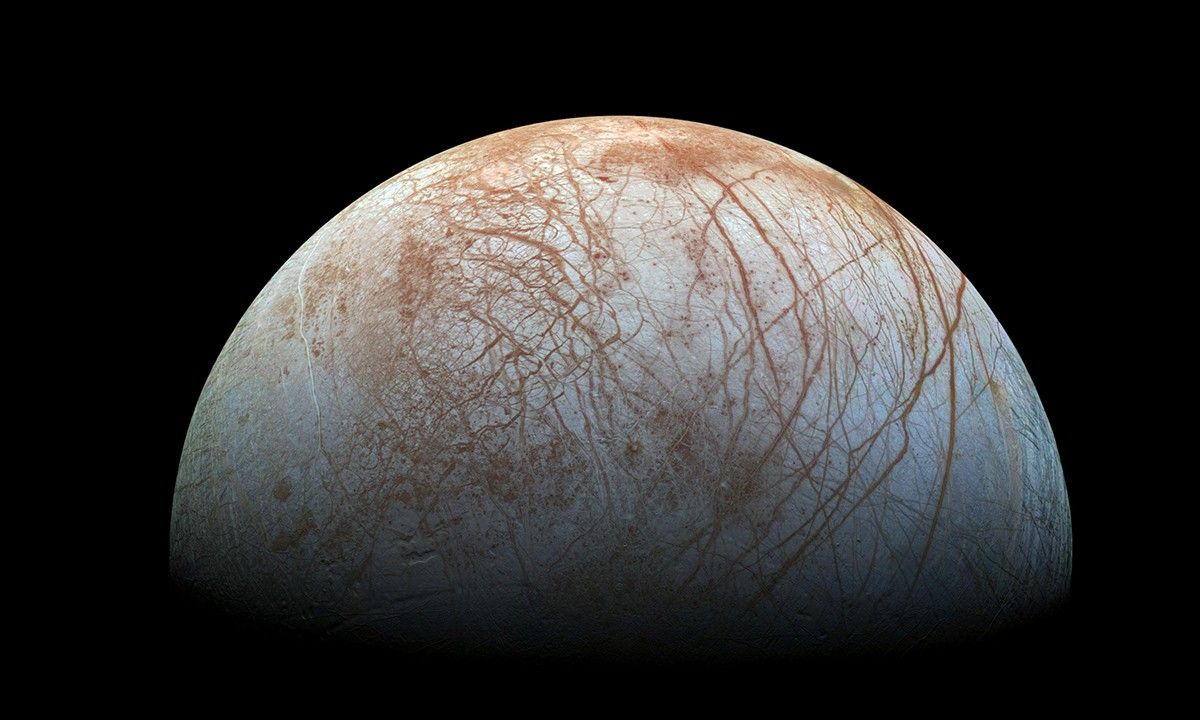Europa Clipper
Europa Clipper launched Oct. 14, 2024, on a journey to explore Europa, Jupiter's ocean world.
Mission overview
why europa
your name is here!

NASA’s Europa Clipper: Millions of Miles Down, Instruments Deploying
Europa Clipper Sails Toward Europa
NASA’s Europa Clipper has embarked on its long voyage to Jupiter, where it will investigate Europa, a moon with an enormous subsurface ocean that may have conditions to support life. The spacecraft launched Oct. 14, 2024, from NASA’s Kennedy Space Center in Florida.
Read More
What Will Europa Clipper Do?
Europa Clipper will try to determine if Jupiter’s icy moon Europa currently has habitable conditions.
Europa Clipper will travel 1.8 billion miles (2.9 billion km) to reach Jupiter in April 2030. The spacecraft will orbit Jupiter, and conduct 49 close flybys of Europa. On each orbit, the spacecraft will spend less than a day in the dangerous radiation zone near Europa before zipping back out. Two to three weeks later, it will repeat the process. The spacecraft carries nine science instruments, and a gravity experiment that uses the telecommunications system. All science instruments will operate simultaneously on every pass.
Read More
Meet the Europa Clipper Spacecraft
Europa Clipper is a robotic solar-powered spacecraft built to conduct the first detailed investigations of Jupiter’s icy moon Europa.
With its solar arrays deployed, Europa Clipper spans more than 100 feet (about 30 meters) – about the length of a basketball court. The main body of the spacecraft consists of its avionics vault, radiofrequency module, and propulsion module.
Read More
Why Go to Europa?
The search for life beyond Earth is one of NASA’s primary objectives.
If humans are to truly understand our place in the universe, we must learn whether our planet is the only place where life exists. So the search is on! There is strong evidence Jupiter’s moon Europa has a saltwater ocean that may be one of the best places to look for environments where life could exist beyond Earth.
Read More









































